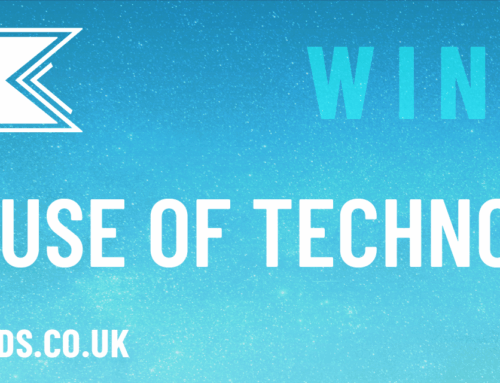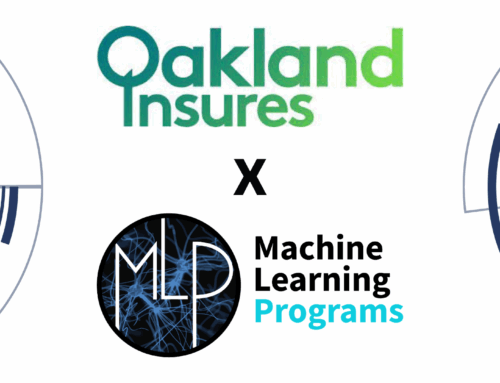Understanding how to price risk without market visibility is always a challenge.
Underwriters need to consider hundreds of enriched factors when setting rates, not to mention claims, commissions, administration and taxes to name but a few. All to derive a suitable rate to win business while remaining profitable.
Broker pricing is just as precarious with narrowing commissions brokers look to policy add-ons such as legal cover, courtesy car offerings and premium finance to remain buoyant.
Whether you’re a specialist niche provider or a mass volume player, the key to winning business is setting the right price to make the sale.
For the motor insurance industry, as with most, a common practice is to set a price based on current market activity and adjust that price according to individual knowledge and expertise. The difficulty of this approach is knowing what the actual market price is.
In the world of stock exchange electronic trading, public tickers display the last traded price and volume for a given stock within a few milliseconds of a trade occurring. Motor insurance is not so fortunate and must rely on much older, less transparent historical data.
One of the reasons insurance pricing is so difficult is the lack of fungibility of tradable items. With most of the produce we purchase in stores, form clothing to bread and milk, the exact same item be found at an alternative outlet. Retailers compete on packaging and price to win business because the underlying asset is identical. “Everyone is different” is never truer than when considering motor insurance.
So, if every risk is different, how do we define a market price?
In an ideal world, a quote provider would have visibility of a multiple, recently sold policies, all with the exact same characteristics as a risk they are about to quote. However, the high cardinality of many rating factors themselves, let alone when combined makes this nigh on impossible. The next best option therefore is to create a virtual market from clusters of recently sold policy information all with similar characteristics.
This is not a new concept. Pricing a risk based on knowledge of something similar has existed pretty much since the dawn of insurance. The challenge is to be able to access recent and relevant information and in a timely manner.
How Can Modern Insurers Optimise Pricing with Real-Time Data?
There are plenty of sources of raw data available. Most Price Comparison Websites have data reporting options with varying degrees of recency or granularity all of which come at a cost. Once procured, technical teams need to integrate, and analysts need to draw insight before pricing teams can determine value.
The modern insurer not only needs the ability to effortlessly browse cohorts of recently sold prices from multiple sources to determine the optimal price, but also use this information in realtime ratings engines to actively target or temper new business.

By James Parry – Commercial Director
For nearly 25 years, James has delivered ground breaking technology to the finance sector. Turning his sights to AI for insurance in 2019, James joined MLP and headed up the product management function. Now as Commercial Director James’s ambition is to enable the general insurance market to benefit from data science.







